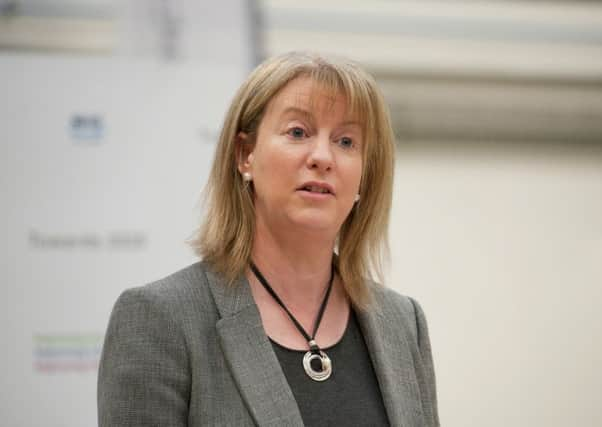Scientist hits out at plans to put Scots trauma centres on hold


Plans for flagship centres to treat seriously injured patients in Edinburgh, Glasgow, Dundee and Aberdeen were announced in 2014 by former health secretary Alex Neil, who claimed the units would save more than 40 lives a year.
However, his successor Shona Robison appeared to backtrack on the pledge after announcing the new clinical strategy this week, which focuses on shifting care into the community, rather than acute hospitals.
Advertisement
Hide AdAdvertisement
Hide AdMs Robison said top doctors wanted to take another look at the plan but the cities would play a central role “no matter what final decision is made of the shape of trauma services”.
Professor Hugh Pennington, emeritus professor of bacteriology at Aberdeen University, said changing course over the centres was dangerous, and was putting lives at risk.
Writing in The Scotsman today, he said: “Shona Robison’s decision to abandon the plan to establish four major trauma centres in Scotland, announced with no ifs or buts by her health secretary predecessor, Alex Neil, six months before the independence referendum, is a big setback.
“The 40 lives that the centres could save will go on being lost until she does yet another U-turn. The need for the centres is indisputable.”
Scotland is lagging behind England and Wales where the system was implemented in 2012, said Prof Pennington.
Last night, he added: “It’s all very well to talk about care in the community and treatment at home, which is undoubtedly a good thing, but these centres are not for people with long-term conditions or the elderly.
“We are talking about serious accidents, people with more than one broken limb or head trauma who need immediate care. You need people with experience – anaesthetists, surgeons, nurses – so you can’t have too many of these centres. I don’t think anything has changed in terms of the actual model or why we would need fewer centres.”
Liberal Democrat spokesman Willie Rennie has accused the SNP of “a humiliating climbdown” but Ms Robison insisted the claims were not true and work was being done to ensure the right model of care was in place.
Advertisement
Hide AdAdvertisement
Hide AdShe said: “Research conducted since we first announced the model means that some clinicians feel we need to look carefully at the most appropriate network for Scotland. This is partly because the highly specialised teams working in major trauma centres require a sufficient volume of cases to maintain their skills.
“That’s why the national planning forum has been asked to look again at the most appropriate network. However, I can absolutely guarantee that clinicians from all four proposed major trauma sites have been involved in this work from the outset – and will continue to be absolutely central to informing the decisions we take.”
LETTERS, PAGE 24